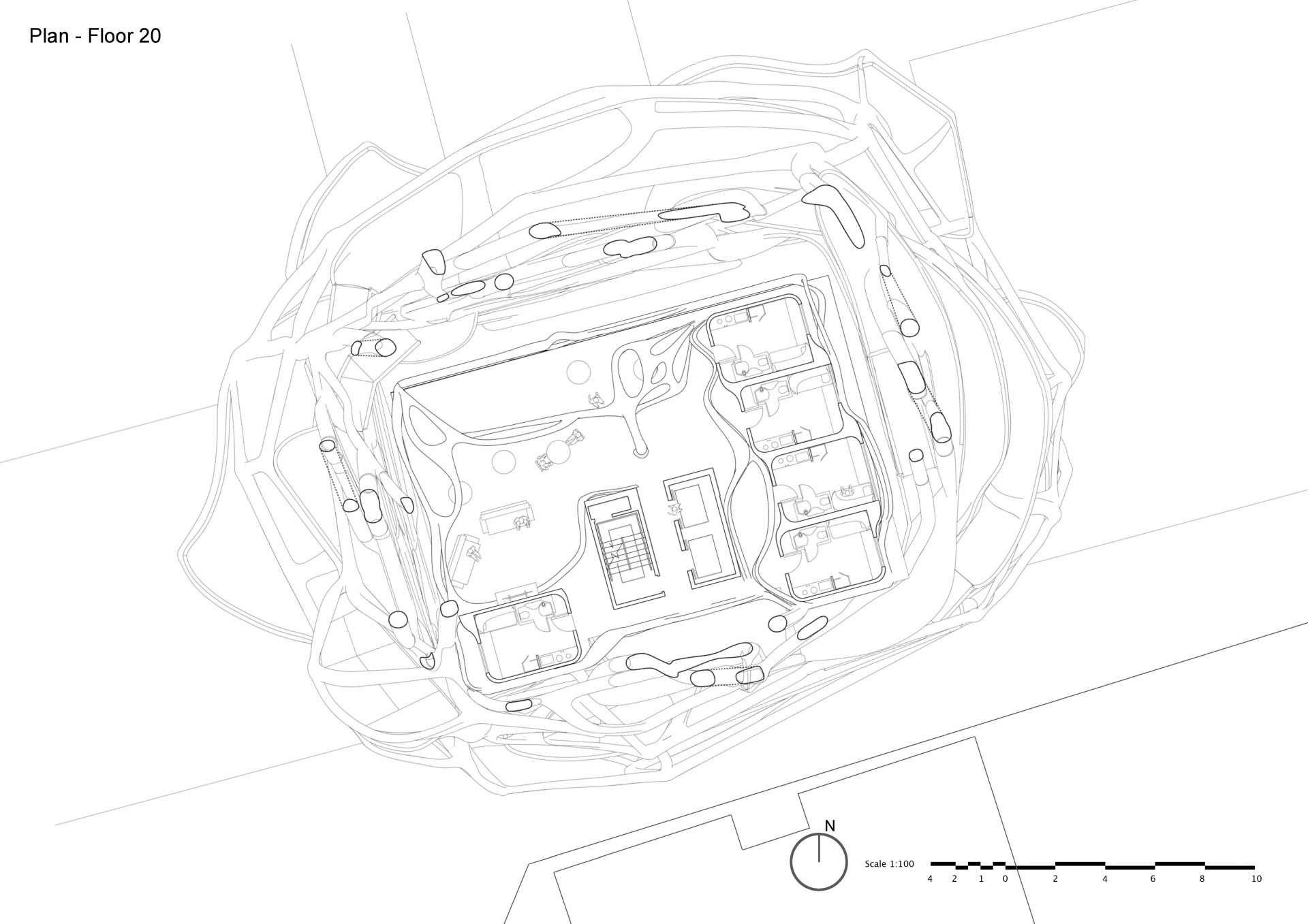Architecture and Environmental Design - Year 2
Tutors
Stefania Boccaletti
S.Boccaletti@westminster.ac.ukStefania Boccaletti studied, practised, and taught Architecture in Italy, Canada and England. Throughout her carrier as a practitioner and academic she has developed an interest on the impact of digital tools on the design and fabrication process in the field of architecture.
Read More...Yota Adilenidou
Y.Adilenidou@westminster.ac.ukYota Adilenidou has studied in Greece and USA and holds a PhD from the Bartlett, UCL. She has been teaching for 15 years in Greece and UK. Her practice focuses on the research of computational methodologies and digital fabrication for the evolution and activation of matter and form.
Read More...Mohataz Hossain
m.hossain1@westminster.ac.ukDr Mohataz Hossain is an architect, educator, sustainability expert and researcher in the field of integrated environmental design, digital technology and energy-efficient architecture with a special focus on usersu2019 comfort, health and well-being.
Read More...Guest Critics
Roberto Botazzi (The Bartlett / University of Westminster)
Kyriakos Chatziparaskevas (Heatherwick)
Alberto Fernandez Gonzalez (The Bartlett)
Nikoletta Karastathi
(The Bartlett)
Nate Kolbe (London Met / Superfusionlab)
Annarita Papeschi (The Bartlett)
Rofayda Salem (University of Westminster)
Emmanouil Vermisso (Florida Atlantic University)
Thanks
Nikoletta Karastathi (The Bartlett), Susanne Bauer (University of Westminster)
Read More...Spatial Poetics and Human Comfort in the Age of Climate Change_Based on concepts of transformation and application, second year students developed skills to incorporate both intuitive and evidence-based tools into their design. Evidence-based approach equipped students with tools to implement environmental design principles on top of which they could playfully develop their design proposals. Four briefs introduced students to increasingly complex scenarios and provided them with the opportunity to learn new digital and analogue tools for understanding, simulating, and representing the urban and environmental context with analytical precision. The data underpinning these exercises constituted the foundation for the development of their design proposals. With the first brief students were asked to analyse an urban area around Piccadilly Circus and communicate both its urban character and environmental parameters, such as light/shadow, air pollution, wind, thermal [pattern of temperatures], and acoustic [noise pollution]. The outcome of brief one was a meaningful environmental design strategy that informed the design of an inhabitable interface [brief 2]. Briefs 3 and 4 examined the effects of climate change on the performance of existing buildings, in particular on Marylebone Hall, a University of Westminster student accommodation tower in Marylebone Campus, London. Students were encouraged to work towards the Net Zero Carbon building concept, developing performance-based des
Read More...
















